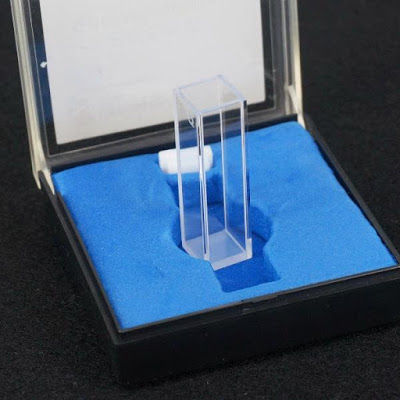Is The UV Fused Quartz Cuvettes Worth The Hype?
- Kelly Clifford
- Feb 15, 2023
- 1 min read
A cuvette is a tiny tube-shaped container with straight edges and a circular or square cross-section that is used in laboratories. Cuvettes are made to store samples for spectroscopic analysis, which involves passing a beam of light through the sample to determine its absorbance, transmittance, fluorescence intensity, fluorescence polarization, or lifetime. The spectrophotometer is used to make this measurement. Liquid samples are used in conventional ultraviolet-visible spectroscopy and fluorescence spectroscopy. Frequently, the sample is a solution that has the target material dissolved in it. The material is put into a cuvette, which is then tested in a spectrophotometer.

The tiniest cuvettes have a capacity of 70 microliters, while the biggest ones have a capacity of 2.5 milliliters or more. The width impacts how far the light travels through the sample, which has an impact on how the absorbance value is calculated. A 10 mm (0.39 in) light path is common in cuvettes, making it easier to calculate the coefficient of absorption. Although certain tests use reflection and only require one clear side, most cuvettes have two transparent sides opposite one another so the spectrophotometer light may flow through. For fluorescence measurements, the excitation light requires two additional transparent sides that are at right angles to those used for the spectrophotometer light. For use with potentially dangerous solutions or to shield samples from the air, some cuvettes come with a glass or plastic top. Go ahead! And claim the top hidden benefits and advantages of the uv fused quartz cuvettes and 10 mm quartz cuvettes with stoppers.




Comments